The East African Region is taking a front seat in the global race toward adoption of cleaner transport technologies. The region is increasingly becoming a testing ground and home for electric vehicles (EVs) designed specifically to handle the continent’s unique challenges.
From the rugged hills to the vast rough roads, traditional EVs have hitherto struggled with infrastructure and terrain that just weren’t made for them. But that’s rapidly changing, as EV manufacturers tailor the latest models to the region’s demanding environment in mind.
Latest models now feature higher ground clearance, reinforced suspension systems, durable battery packs, and smart energy management capable of adapting to inconsistent power grids or harnessing solar energy. This innovation, therefore, makes the dream of sustainable, affordable electric transport a realistic prospect across Uganda, Kenya, Tanzania, Rwanda and Ethiopia.
Christopher Buni, a sustainable transport expert and team leader of the Kampala Auto Show, emphasizes the need for regional adaptation.
“The East African market is unique. We can’t just copy solutions from Europe or Asia, because vehicles here need to handle uneven roads, floods, and power shortages. Dual charging options and rugged designs are therefore, a must,” he said.
According to Buni, the future of mobility in East Africa lies in the synergy between localized vehicle design, supportive financial models, and enabling policies.
Energy minister Ruth Nankabirwa, says Uganda’s draft e-mobility framework provides for tax incentives and infrastructure investments to further encourage EV adoption.
The minister says adoption of eco-friendly auto solution is further driven by the emergence of rugged, efficient EVs, combined with commercial Bank’s innovative financing and ecosystem-building efforts, signaling a promising turning point for Uganda and the broader East African region.
Currently, transportation accounts for around 10% of Africa’s total greenhouse gas (GHG) emissions—a figure that is expected to climb as East Africa’s vehicle fleet continues to grow.
Uganda, Kenya, Rwanda, and Ethiopia contribute approximately 70% of the region’s annual vehicle sales and represent 45% of its population.
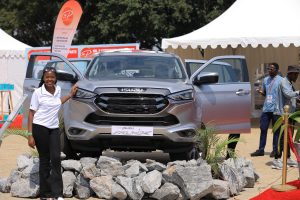
With rising incomes and rapid urbanization fueling demand, East Africa’s vehicle fleet is projected to more than double, from around 25 million vehicles to nearly 58 million by 2040. While this growth signals economic progress, it also presents a pressing challenge of how to transition to cleaner mobility options without becoming a global dumping ground for outdated, high-emission internal combustion engine (ICE) vehicles.
To avoid this outcome, the region must urgently scale up the adoption of electric vehicles (EVs), by introducing smart, supportive policies—such as tax incentives and import duty reductions, and investing heavily in EV-friendly infrastructure, including deployment of charging stations.
One of the biggest barriers to EV uptake in East Africa remains limited public awareness. Many people still view EVs as expensive, complicated to maintain, and overly dependent on unreliable electricity supplies. But that perception is slowly changing, as Key players across the public and private sectors work to break down these misconceptions through education, mass awareness, innovation, and accessible financing.
Buni says initiatives like the annual Kampala Autoshow, are in position to drum publicity for the EVs, and drive adoption as well.
“Cars are the biggest contributors to urban pollution in Kampala—both in terms of carbon emissions and noise. That’s why EVs and hybrids are central to our green financing agenda. They offer zero or significantly lower emissions, aligning with both national and global sustainability goals,” he said.
Recognized as one of the country’s largest and most comprehensive car exhibitions, this two-day event which ran from July 12–13 at Kololo Independence Grounds, brought together a dynamic blend of car displays, innovative financial services, insurance solutions, and engaging entertainment.
The show is primarily aimed at inspiring and empowering Ugandans by promoting accessible, affordable, and sustainable vehicle ownership, while also highlighting cutting-edge advancements in automotive technology and green mobility.
Edgar Tusime, Head of Marketing at NCBA Bank Uganda, emphasized that the event is designed to unite car enthusiasts, industry players, businesses, and families in one vibrant space.
“Whether you’re passionate about cars, looking to upgrade your vehicle, or simply curious about the latest trends in automotive technology, this is the place to be,” Tusime said.
He highlighted the show’s diverse offerings, including the latest electric and hybrid vehicles that showcase the future of sustainable mobility, a range of flexible financing options tailored to help attendees own their dream cars, and thrilling motorsport displays such as drifting and gymkhana that promise excitement for visitors of all ages. According to Tusiime, the event not only celebrates cars but also creates meaningful opportunities for engagement, learning, and fun across the entire automotive ecosystem.
Adad Araguha, Head of Asset Finance at NCBA, detailed the bank’s attractive financing packages, which include up to 100% funding, repayment periods extending up to six years, and additional perks such as discounted pricing and complimentary maintenance coverage for up to 100,000 kilometers.
“Buying a brand-new car can often seem like a significant financial commitment. But our flexible financing solutions are designed to make vehicle ownership more accessible and affordable for everyone,” Araguha explained.
He added that new vehicles generally incur lower repair and maintenance costs over time and have a reduced environmental footprint compared to used cars, making them a smarter, more sustainable investment for consumers.
He also emphasized the urgent need for stronger regulations to curb the importation of older, high-emission vehicles, which significantly contribute to Uganda’s growing environmental and public health challenges. By limiting the influx of these polluting cars, he argued, the country can move toward cleaner air and a more sustainable transport sector.
According to the Ministry of Works and Transport, Uganda imports approximately 22,000 vehicles each year—of which nearly 19,000 are used cars. These older models contribute significantly to the country’s growing air pollution problem.
Adad Araguha, Head of Asset Financing at NCBA Bank, says the bank has also partnered with manufacturers, dealers, and policymakers to create a supportive environment for EV adoption. Their initiatives include awareness campaigns, sponsorship of key events like the upcoming NCBA Auto Show
2025, and efforts to develop EV-friendly infrastructure such as charging stations powered by renewable energy.
John Bosco Birungi, Brand Manager-Print, Monitor Publications Limited, said this year’s show promises an inspiring mix of exhibitors and activities designed to captivate every visitor.
“The Nation Media Group, serving as the official media partner, will ensure the buzz and excitement of the show reach audiences far and wide across Uganda, sharing every thrilling moment with the nation,” he said

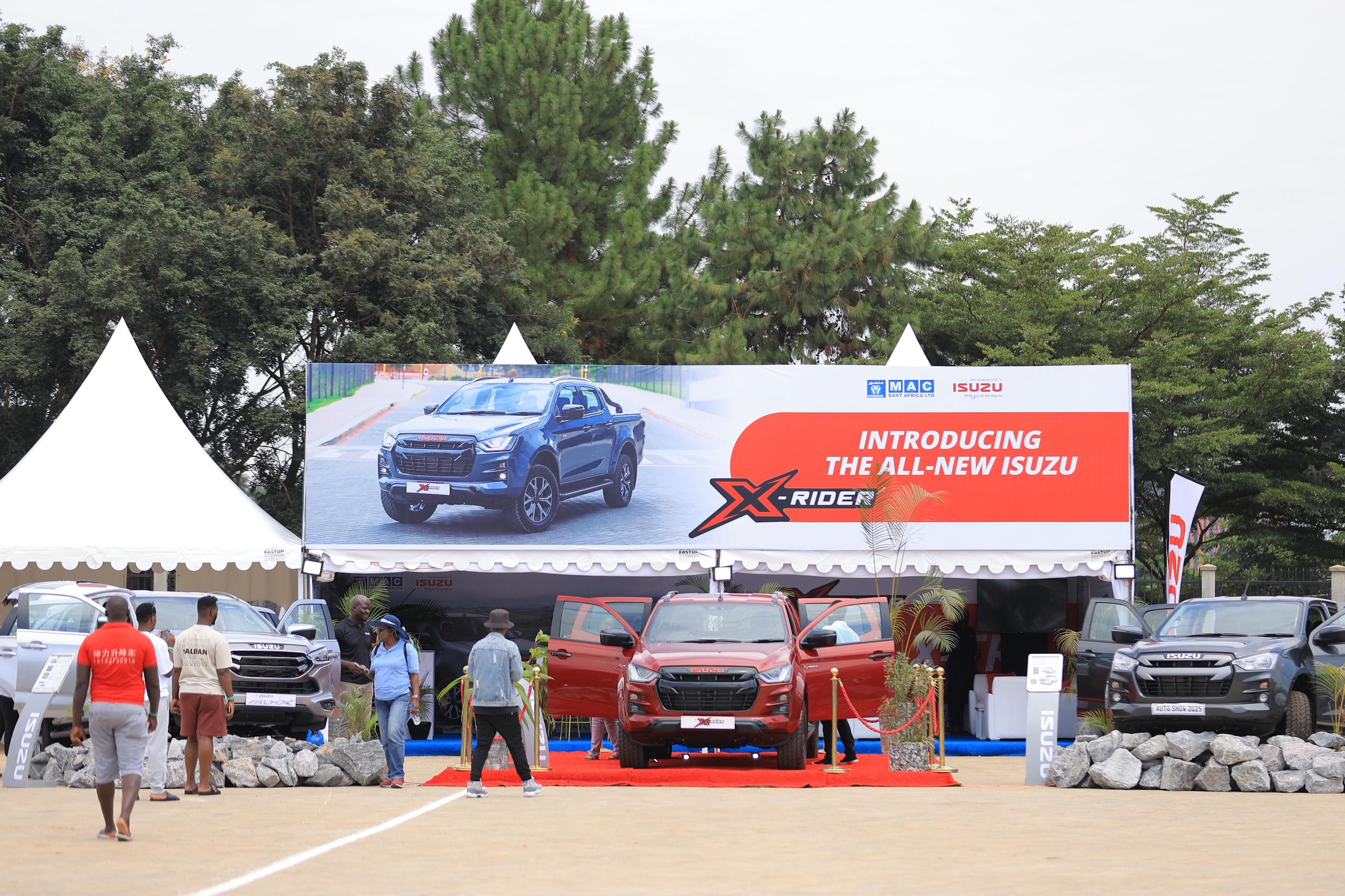

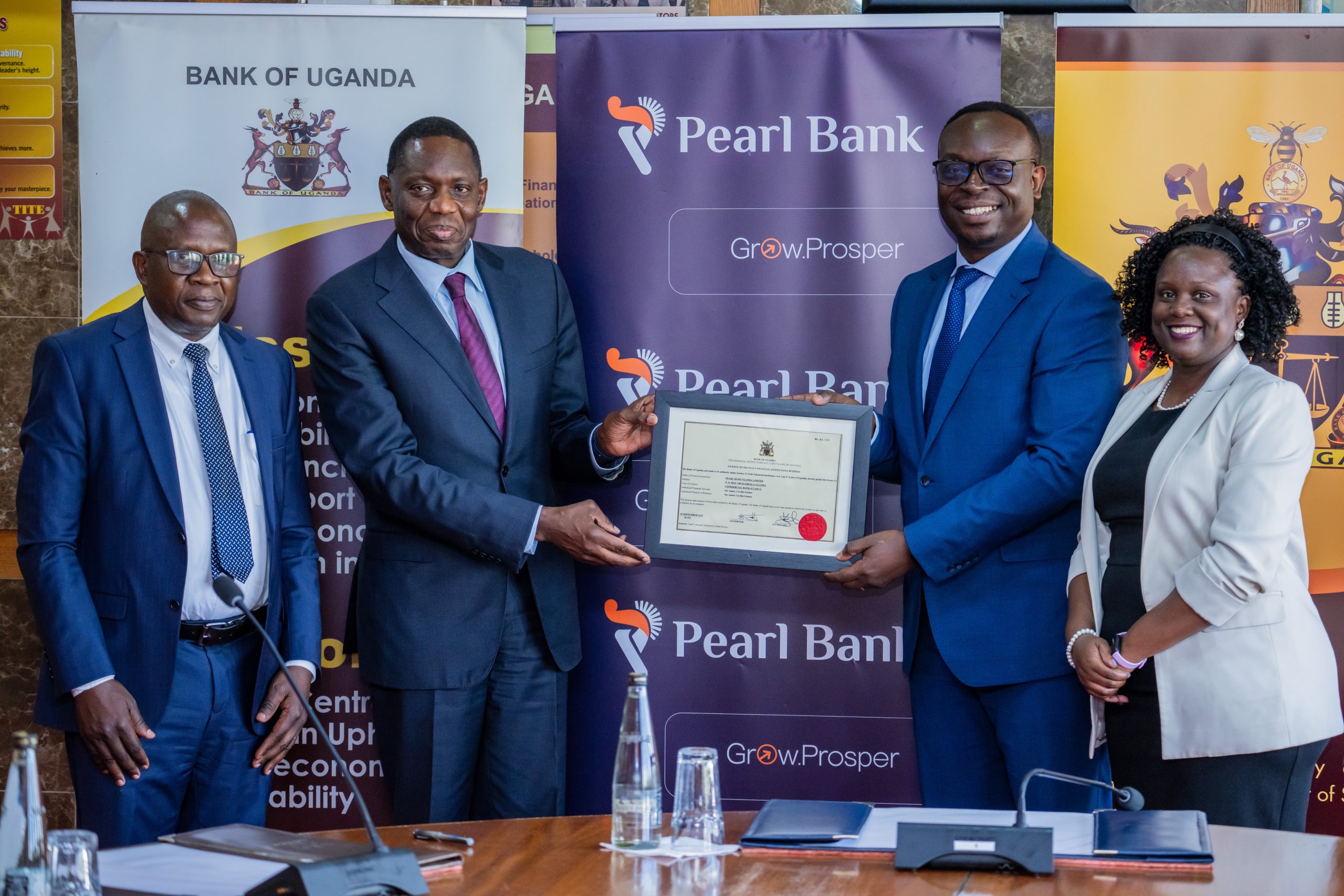
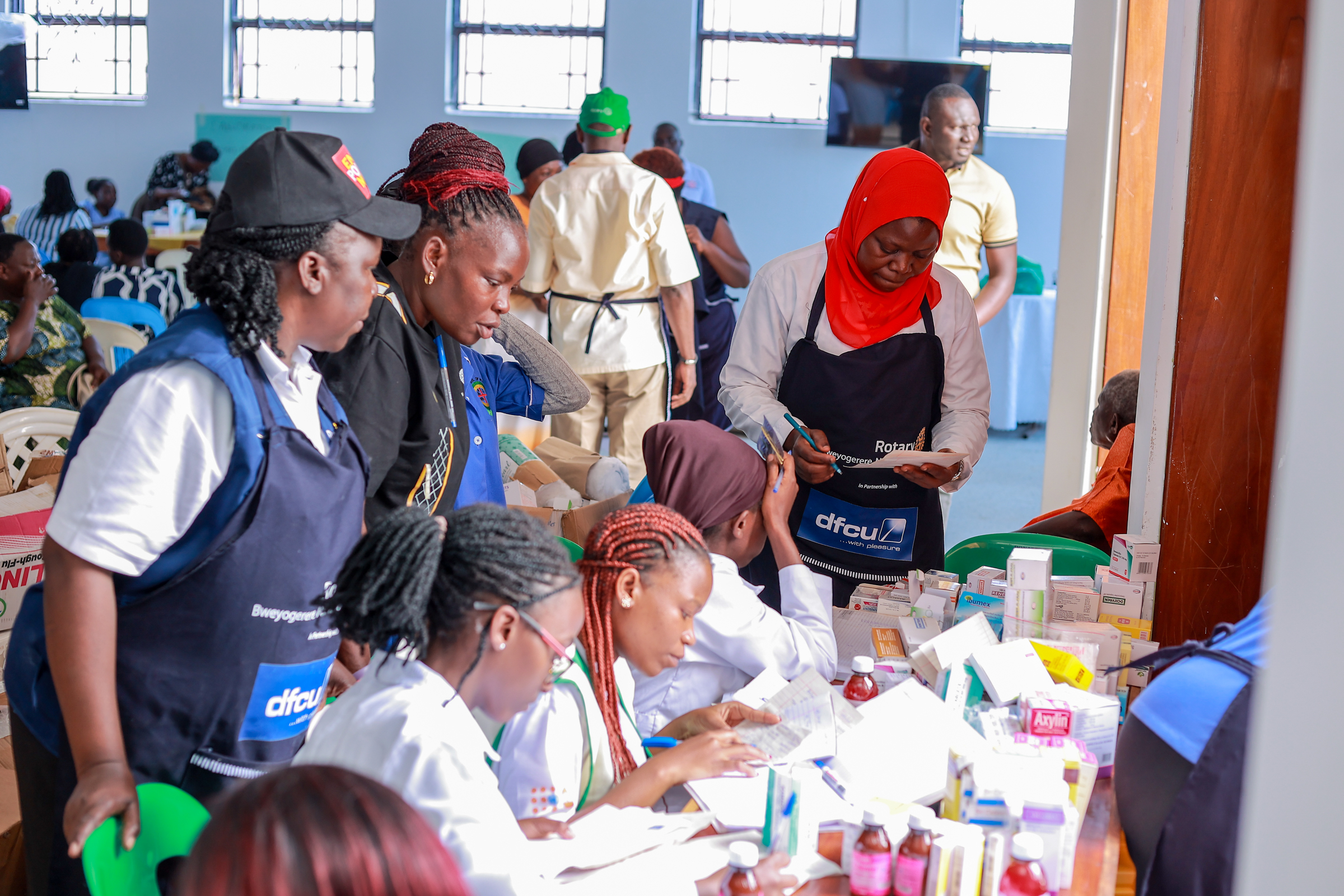

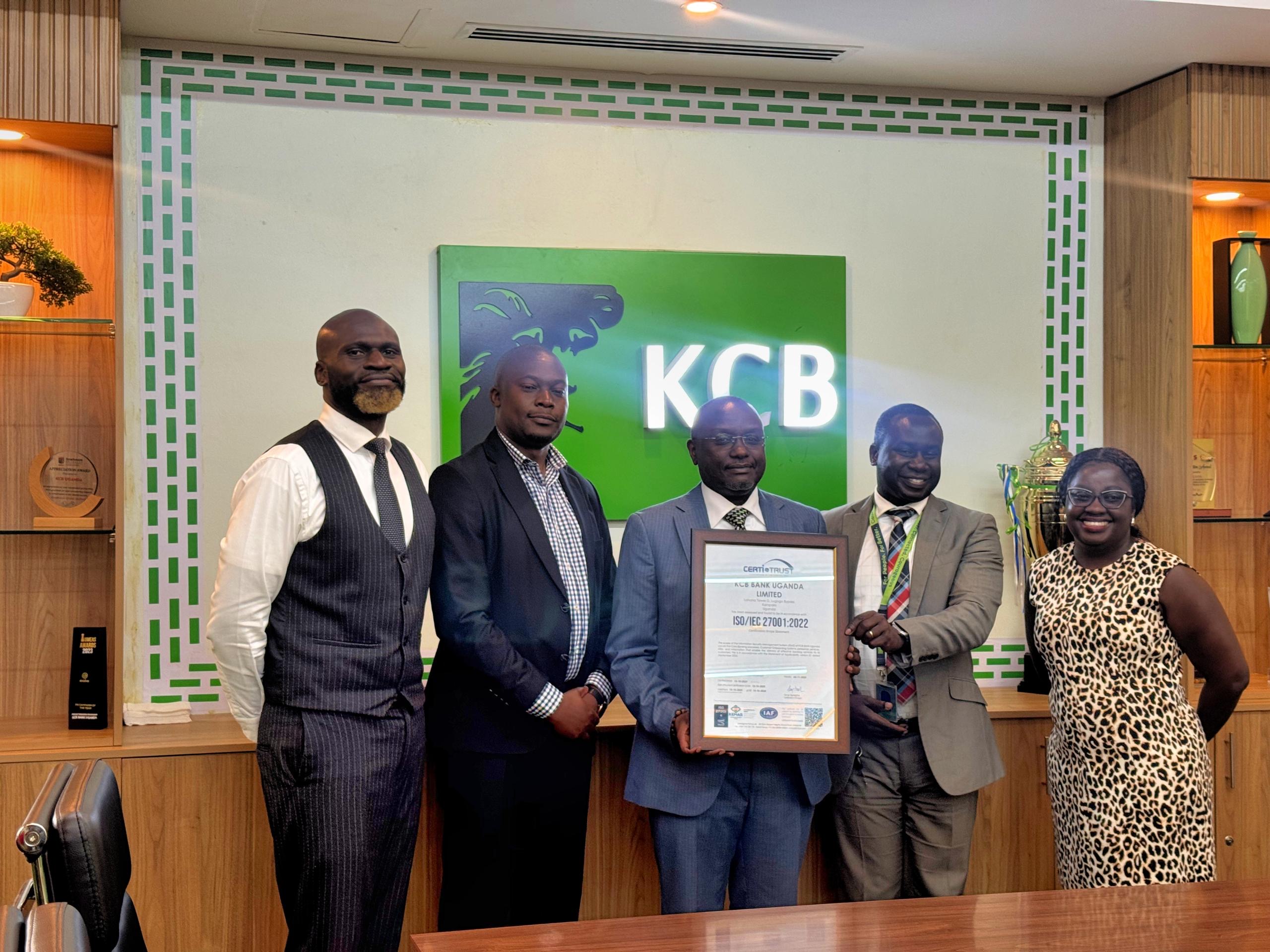




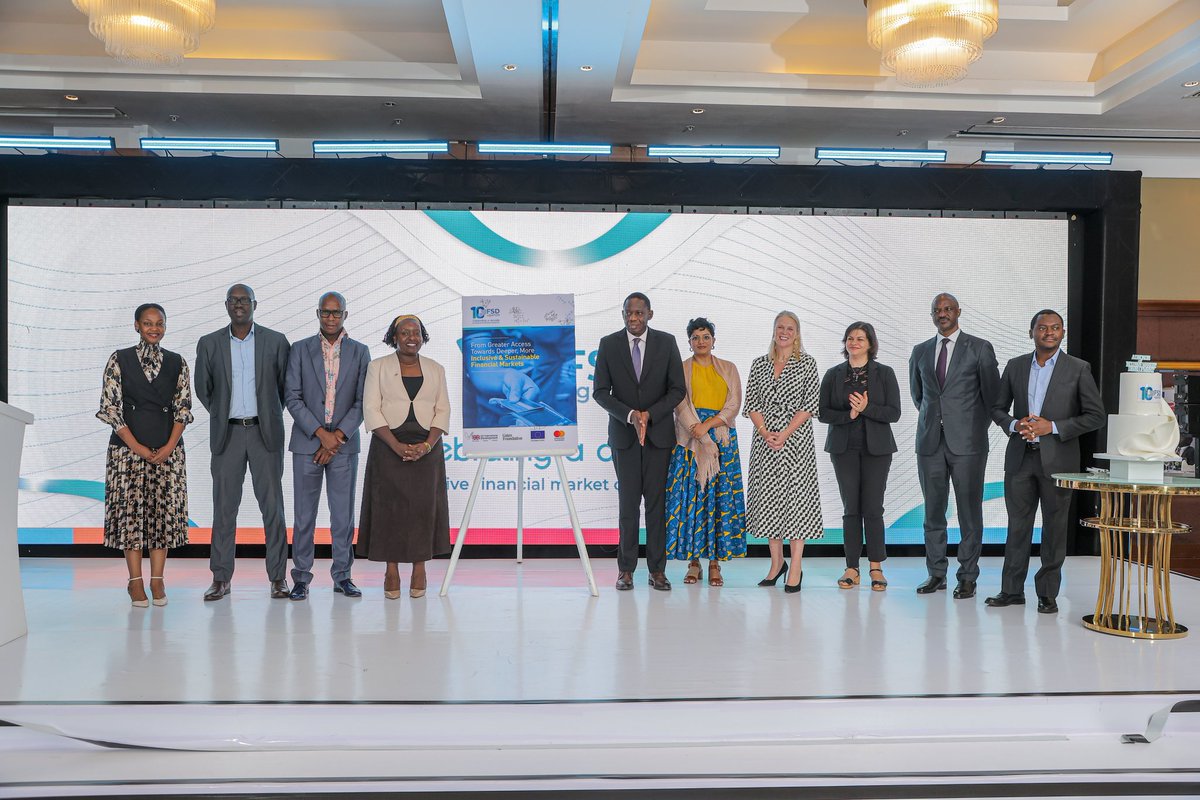
Leave a Reply